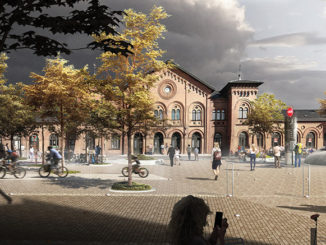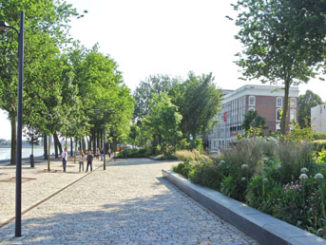The image of US 280 in Michael Tomberlin’s post – Birmingham committee revisiting sign rules is very telling of the suburban landscape where signs breed like rabbits and litter the road side with retailers using the mantra ‘the bigger the better’ rather than ‘less is more’. Signage littering the urban landscape is not endemic to just Birmingham or the USA for that matter, all across the globe streetscapes are littered with A-Frames blackboard signs, bus stop advertising and billboards. But do they really urge passers by to go and shop or are they just landmarks to designate the location of the store? I think it is the latter and that all cities should have formulate signage guidelines (many already do) including the number of signs allowed and the size.
Guidelines should also go further to streetscape and city government signage & intepretation. Often towns and city landscapes becomes a minefield of directional, parking and place marking signs that have been added layer by layer by various departments and changes of staff who continually add more signage to the landscape. All cities should at the least evaluate their main streetscapes and see where they can reduce the clutter to provide a clean landscape that is visually easy to navigate and often more pedestrian friendly. Often city signage for an area can be easily amalgamated into one sign(or sign family) such as place marking and area parking restrictions.
Read more about what Birmingham is proposing at [al.com]



